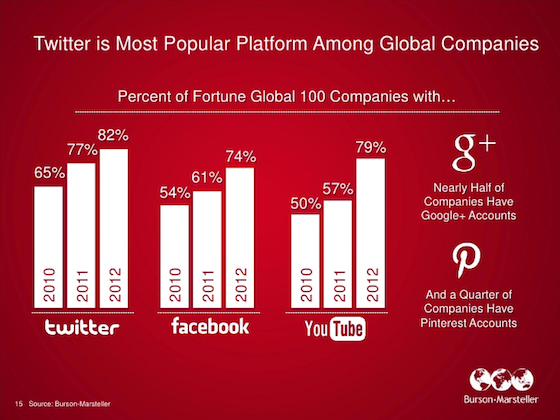 In the world of social media you have to be careful as to who posts on your walls, what they say, how it can be interpreted and what the consequences can be.
In the world of social media you have to be careful as to who posts on your walls, what they say, how it can be interpreted and what the consequences can be.
Nikon, the famed photographic equipment manufacturer learned the lesson the hard way.
Back in September of 2011, a the following post appeared on Nikon’s Facebook page:
“A photographer is only as good as the equipment he uses, and a good lens is essential to taking good pictures! Do any of our Facebook fans use any of the NIKKOR lenses? Which is your favorite and what types of situations do you use it for?”
Now, anybody involved to some degree in photography knows that a statement like this will infuriate most of the photographers who read it.
I understand what the Nikon employee may have been trying to say, but the way he or she said it came out totally wrong. It is true that a good camera and good lenses will make a big difference on the quality of the photograph, but at the end of the day, the talent of the photographer remains the key.
Withing hours, the post received a couple of thousands of comments, something most brands would rejoice at, unless, like in this case, the comments were overwhelmingly negative and the brand had just invested a lot of money on the launch of a new camera.
What can we learn from Nikon?
1-Monitor the conversations about your brand
2-Who you allow to post on your wall is important, make certain they understand and relate to your community
3-Before posting, think about your post a few times. Is that the message you want to send out? In doubt, ask a few colleagues, insure it’s congruent with your communication and marketing message
4-Remember that it does not take long for a post with a lot of comments on a business page to attract the attention of search engines, influential websites and blogs and be indexed. Do a search for the Nikon Facebook page and you will see several pages of websites and blogs with negative reactions to the post, not something you want your community to see. Bad news travels faster than good and stick longer.
5-When you put your foot in your mouth, don’t wait to see 2000 negative comments to react (it took Nikon over 12hrs to apologize), apologize, do it quickly, sincerely and repeatedly. If you take into account that a Facebook user has an average of 150 friends, at least 300,000 Facebook users saw the post, that’s not counting the re postings and shares.The kind of exposure no brand wants.
6-Reach out to the blogs and websites that covered the story
7-Building a reputation takes time, damaging it only a few seconds and repairing it a long time.
What are your thoughts?



